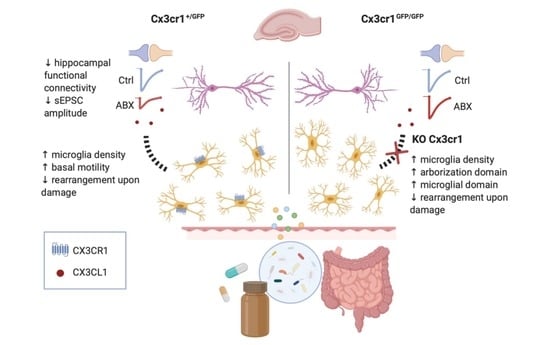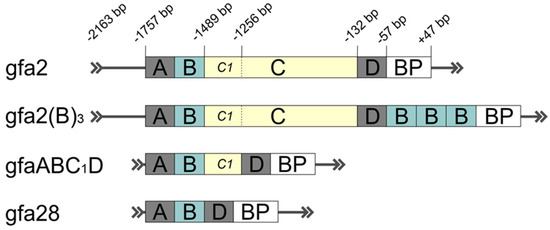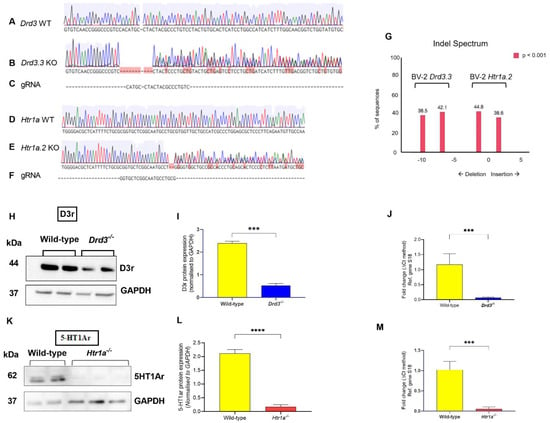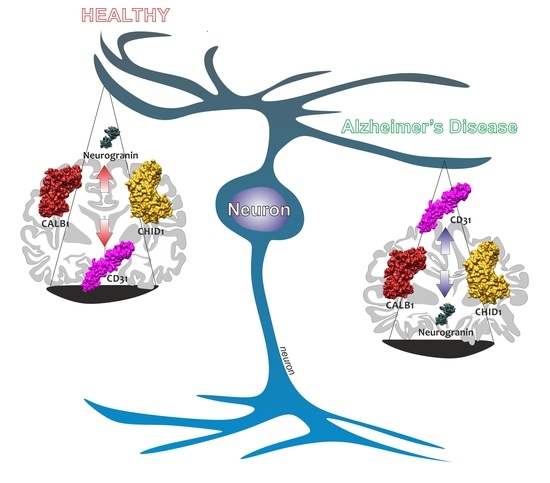Beyond Neurotransmission: Emerging Roles of Neurotransmitters in Regulating Morphological, Biochemical, and Functional Properties of Glial and Immune Cells in Healthy and Disease States
A topical collection in Cells (ISSN 2073-4409). This collection belongs to the section "Cells of the Nervous System".
Viewed by 29290Editor
Interests: nervous system diseases; neuropharmacology; anatomy; biomolecular; musculoskeletal disorders; neuropathic pain
Special Issues, Collections and Topics in MDPI journals
Topical Collection Information
Dear Colleagues,
For a long time, neurotransmitters have been considered solely as chemical messengers at the forefront of neuronal transmission, being produced by presynaptic neurons and released at synapses to establish neuron-to-neuron communication via post-synaptic receptor binding. However, emerging studies have determined that several neurotransmitters, along with their binding receptors, are also abundantly expressed in glial and immune cells of the central nervous system (CNS), where they produce a barrage of different biological activities, especially in the CNS. Interestingly, several of these activities seem to be pivotal in regulating CNS homeostasis in healthy individuals, and their disruptions are associated with the development of a spectrum of mental illnesses, including mood disorders and neurodegenerative conditions such as multiple sclerosis, Parkinson’s, and Alzheimer’s disease.
In this Topical Collection, our attention will be focused on unveiling the noncanonical roles of neurotransmitters (and their receptors) in CNS glial and immune cells. The primary goal of this collection will be to put together a series of studies that will help to elucidate how neurotransmitter–glia interaction plays an essential role in the development of different mental illnesses and neurodegenerative disorders. The final goal is to shed more light into the complex role of neurotransmitters in the CNS.
Dr. Alessandro Castorina
Collection Editor
Manuscript Submission Information
Manuscripts should be submitted online at www.mdpi.com by registering and logging in to this website. Once you are registered, click here to go to the submission form. Manuscripts can be submitted until the deadline. All submissions that pass pre-check are peer-reviewed. Accepted papers will be published continuously in the journal (as soon as accepted) and will be listed together on the collection website. Research articles, review articles as well as short communications are invited. For planned papers, a title and short abstract (about 100 words) can be sent to the Editorial Office for announcement on this website.
Submitted manuscripts should not have been published previously, nor be under consideration for publication elsewhere (except conference proceedings papers). All manuscripts are thoroughly refereed through a single-blind peer-review process. A guide for authors and other relevant information for submission of manuscripts is available on the Instructions for Authors page. Cells is an international peer-reviewed open access semimonthly journal published by MDPI.
Please visit the Instructions for Authors page before submitting a manuscript. The Article Processing Charge (APC) for publication in this open access journal is 2700 CHF (Swiss Francs). Submitted papers should be well formatted and use good English. Authors may use MDPI's English editing service prior to publication or during author revisions.
Keywords
- glia
- neurotransmitters
- immune cells
- microglia
- astrocytes
- neurodegenerative disease
- mental illness












